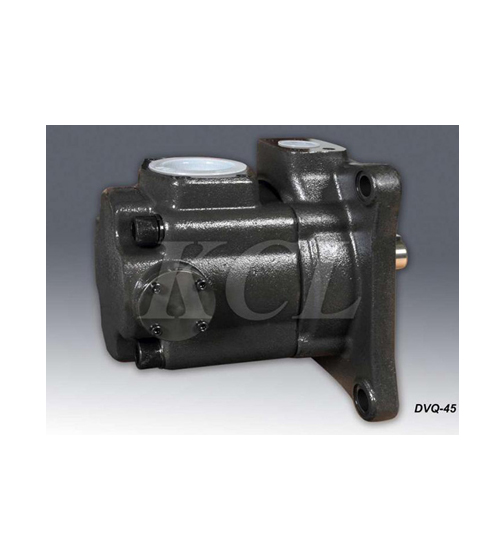
The advantages of vane pump are: stable operation, small pressure pulsation, small noise, compact structure, small size and large flow. Its disadvantages are: high demand for oil, such as impurities in the oil, the blade simply stuck; Compared with gear pump, the structure is messy. It is widely used in special machine tools, automatic lines and other medium and low pressure hydraulic systems in mechanical manufacturing. The pump has two structural methods: one is single acting vane pump, the other is double acting vane pump.

Double acting vane pump
Operating principle of double acting vane pump The inner surface of the stator is approximately elliptical. Rotor 1 and stator 4 are installed concentrically, with 2 oil suction areas and 2 oil pressure areas symmetrically arranged. Rotor 1 completes oil suction and pressure twice every revolution. Double acting vane pumps are mostly constant displacement pumps. The structure of vane pump is more messy than that of gear pump, but its operating pressure is higher, the flow pulsation is small, the operation is stable, the noise is small, and the service life is long. Therefore, it is widely used in special machine tools, automatic lines and other medium and low pressure hydraulic systems in mechanical manufacturing. But its structure is messy, its oil absorption property is not very good, and it is also sensitive to oil pollution.
There is also a double vane pump, which is composed of two sets of single-stage vane pump rotors, stators, vanes and oil distribution plates assembled in one pump body and driven by the same drive shaft. They have a common oil suction port and two independent oil discharge ports. When the pressure is low, the two pumps supply a large amount of oil at the same time, and the system can move quickly with light load. In case of high pressure, the large pump directly flows to the oil tank for unloading through the unloading valve to reduce the power loss. The small pump supplies oil independently, and the system operates slowly with heavy load.